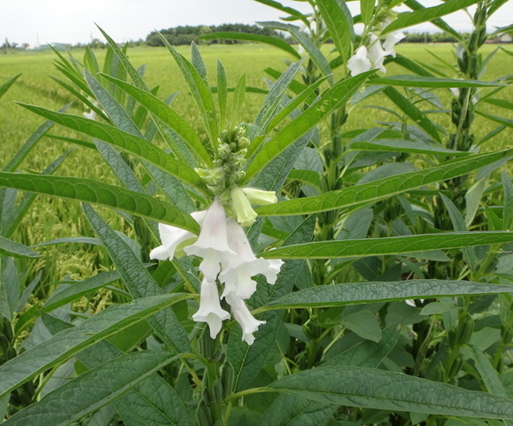INCI name: | Sesamum indicum L. |
Part used: | Sesame seed |
Extraction method: | pressing |
CAS No.: | 8001-22-7 |
Origin: | France |
Appearance : | Pale yellow liquid |
Odour: | The aroma characteristics of sesame oil |
Relative Density(20℃): | 0.915-0.925 |
Refractive index(20℃): | 1.470-1.474 |
Iodine value: | 103 - 106 |
Soap change value: | 188 - 195 |
The main fatty acid composition (%): | Hard fatty acid (C18:0) : 4.5 ~ 5.5 |
The oil acid (C18:2):40~45 | |
Oil acid (C18:1):38~42 |
Sesame is a flowering plant in the genus Sesamum. Numerous wild relatives occur in Africa and a smaller number in India. It is widely naturalized in tropical regions around the world and is cultivated for its edible seeds, which grow in pods. Sesame has one of the highest oil contents of any seed. With a rich, nutty flavor, it is a common ingredient in cuisines across the world.Like other nuts and foods, it can trigger allergic reactions in some people. It is an annual plant growing 50 to 100cm (1.6 to 3.3 ft) tall, with opposite leaves 4 to 14cm (1.6 to 5.5 in) long with an entire margin; they are broad lanceolate, to 5cm (2 in) broad, at the base of the plant, narrowing to just 1 cm (0.4 in) broad on the flowering stem. |  |